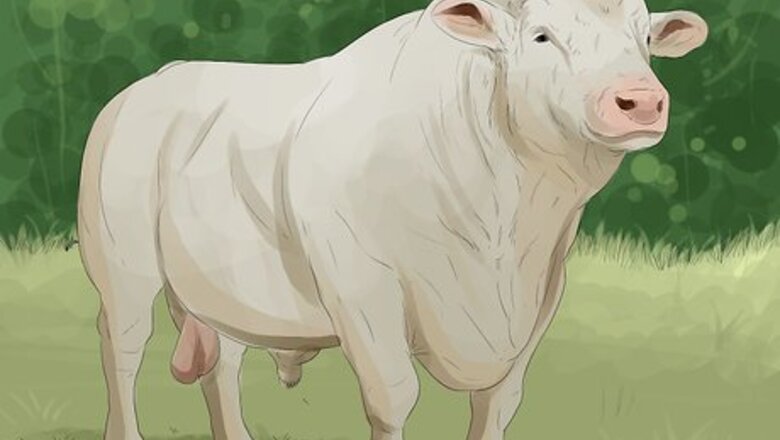
views
Observing the Hair
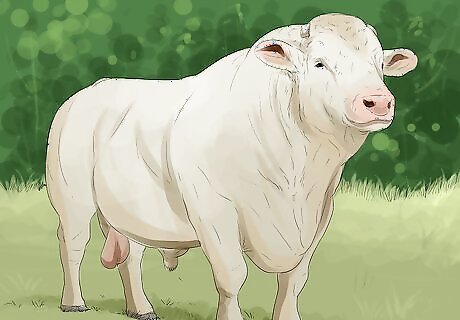
Look for the classic coloring. True French Charolais cattle are white, cream, or straw colored. The cattle's coloring is very distinctive and makes it easy to identify a Charolais. Purebred Charolais cattle also have a white nose. Charolais are not the only breed of white cattle, so be sure to observe the cattle's other characteristics as well.

Be aware of other color variations. In the United states, cattle can be considered purebred Charolais as long as 31/32 of their genetics are from Charolais cattle. This means that 1/32 can be from other breeds like Angus or Red Angus. As a result, it is possible for Charolais cattle to have red or black coloring, in addition to the traditional white or cream varieties. Some Charolais cattle also develop a red coat due to a gene mutation. In order to be registered with the American International Charolais Association as purebred, cattle must posses 31/32 Charolais genetics and be white, cream, straw, or red in color. This means black cattle are not eligible for the the designation, even if they meet the genetic standards. Black and red Charolais may be more difficult to distinguish from other breeds of cattle because they lack one of the most distinctive features (the white color). For this reason, you may need to pay even more attention to the body composition and head characteristics than you would with a white Charolais.

Pay attention to the length of the coat. Charolais cattle have an adaptable coat that helps them thrive in variable climates. In the winter, their coats are long and thick, but in the summer, they are short and sleek.
Observing Body Composition
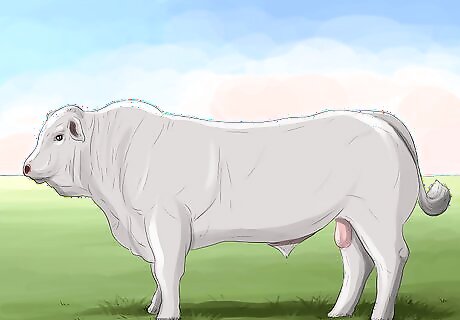
Consider size. Charolais cattle are very broad and heavier than many other breeds. Cows weigh an average of 900 kg (1984 lbs), while bulls weigh an average of 1,100 kg (2425 lbs). In addition to being bulky, Charolais cattle are also rather tall. They have long legs compared to other breeds of cattle.
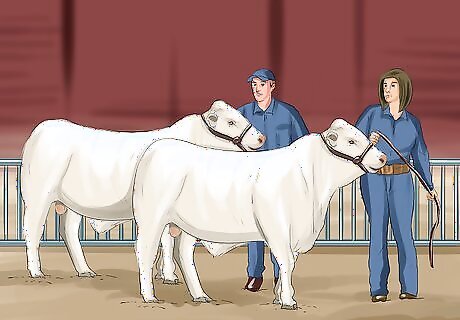
Pay attention to the spine. Charolais cattle have long, sturdy bodies. Pay attention to the length and straightness of the spine to help you decide if the cattle you are looking at are Charolais. Charolais cattle have straight backs that do not arch or round. Charolais cattle also tend to have longer spines than many other breeds.
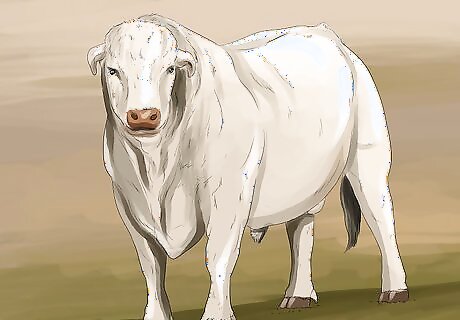
Look for muscular legs. One of the main advantages to Charolais cattle is that they are extremely muscular. As you are observing cattle, pay particular attention to the muscle definition of the hindquarters, as this tends to be very defined in Charolais. You should notice a well-rounded second thigh on the bulls. The loins and haunches are also very muscular. Females have less muscular legs than males
Observing Characteristics of the Head
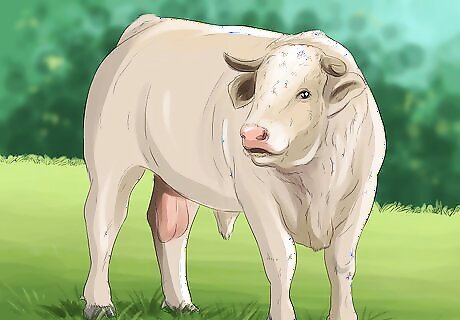
Look for horns. Charolais are naturally horned, but because many Charolais in the United States have been bred with other breeds, polled (hornless) Charolais are fairly common as well. Purebred Angus cattle do not have horns, but those that have some Charolais genetics might.
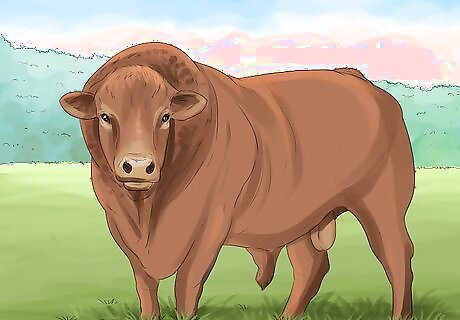
Look at the shape of the head. Charolais cattle have wide muzzles and strong jaws. Like the rest of their bodies, their heads are large and powerful looking. Charolais cattle also have very muscular necks that hold their heads proud.
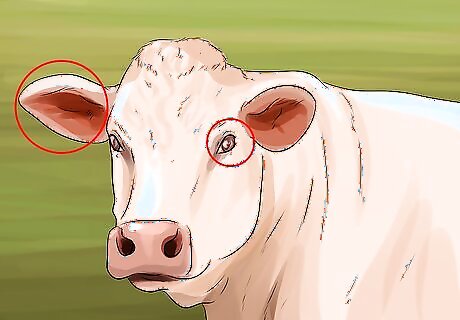
Look at the eyes and ears. Charolais cattle have large ears that stick out to the sides. Their eyes are set wide apart.










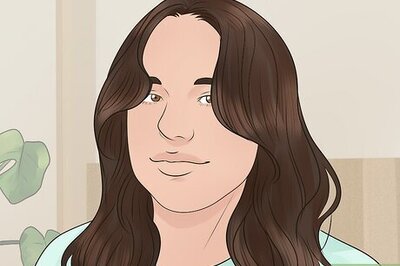





Comments
0 comment